Kids mimicking speech of favourite characters developing impediments
2024 Junior Journalist competition entry – Primary School News Story (Print) category: Cartoon characters with speech problems could be influencing the rise in early childhood speech disorders
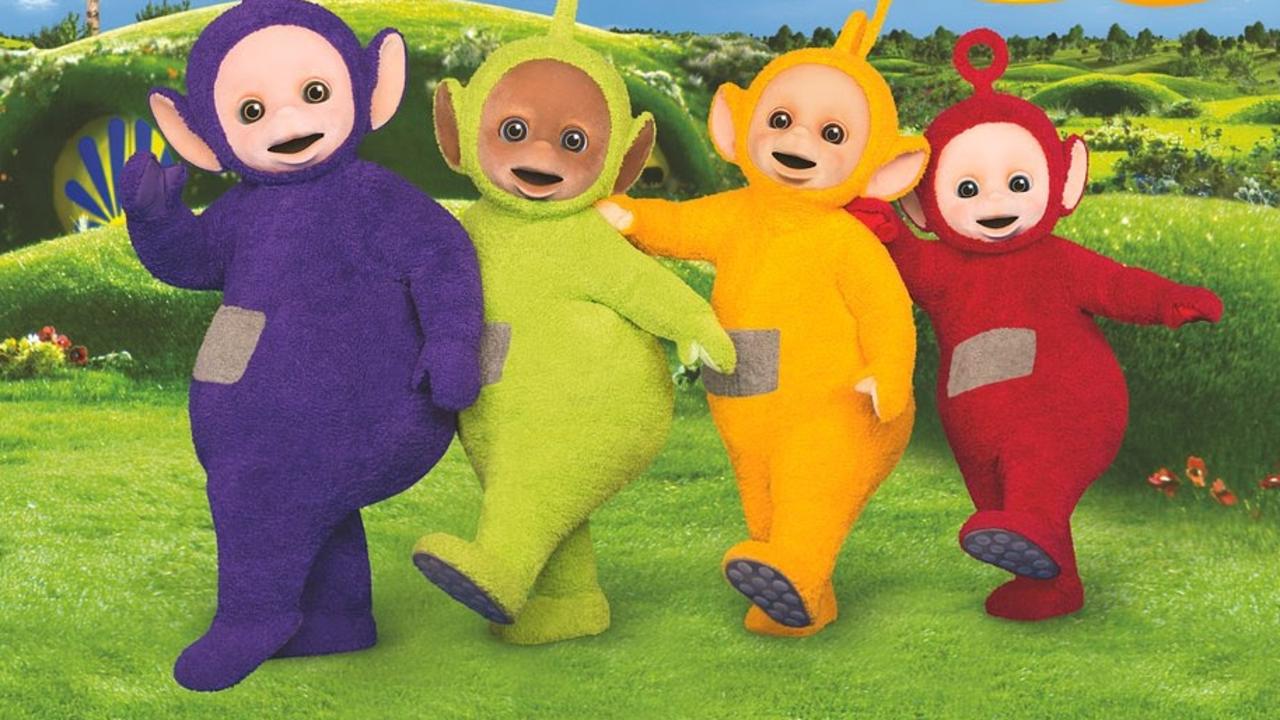
READING LEVEL: ORANGE
One in five children is starting school with a speech and language disorder and many are mimicking their favourite cartoon characters who have speech problems, such as stuttering and mispronunciation.
In Australia, research shows more than 500,000 children have a speech or language disorder.
Experts say excess screen time is impacting children’s language development and contributing to the problem.
Speech pathologist Ruby McLeod said children learn from the world around them and the speech they are exposed to.
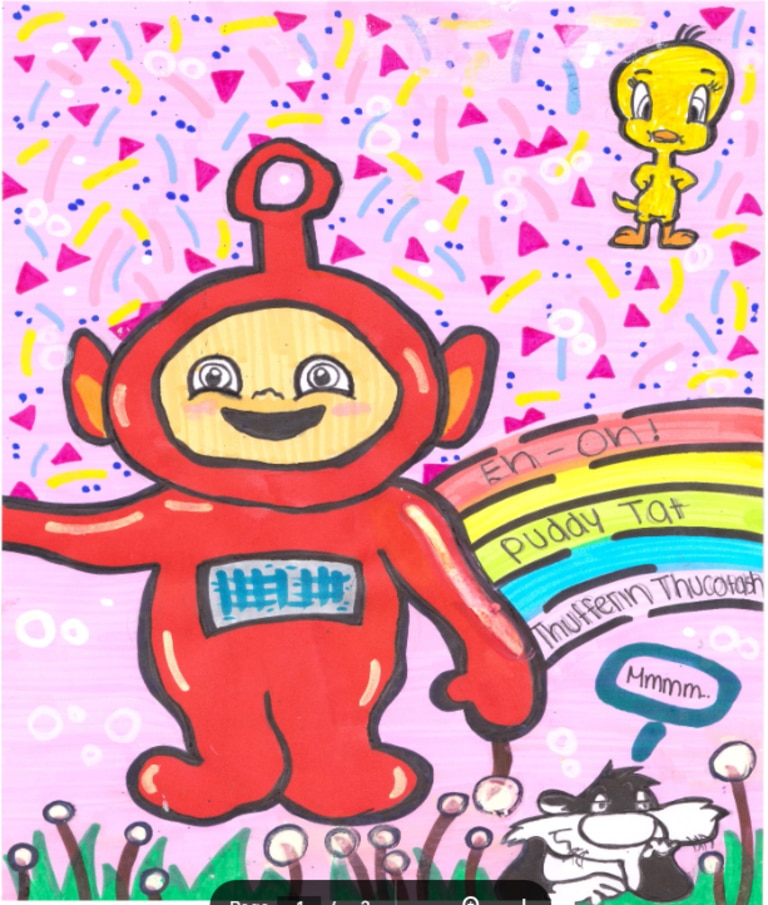
“Therefore, it is important for all children to have a variety of speech and language models so that they can learn to use speech and language in lots of situations and for a variety of functions – for example, to request, to comment, to share an opinion, to ask questions and to have conversations,” she said.
“This means they should have regular language models during interactions with people, not just when watching shows.”
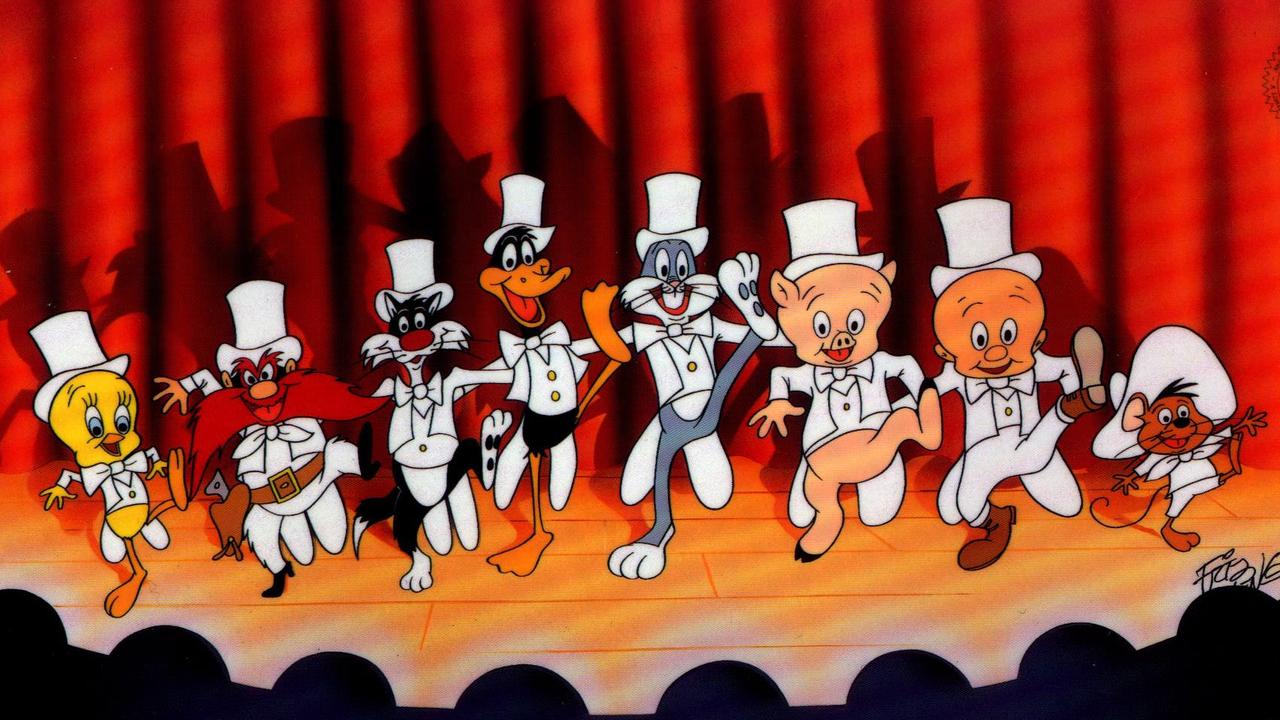
Research shows that the average three-year-old is exposed to nearly three hours of screen time per day, which significantly decreases the number of conversations they have with adults and the number of words they hear every day.
“The most common communication difficulties that I see in children are language disorders where children only understand and use a small number of words and may need help to learn more words and to join words into phrases or sentences,” Ms McLeod said.
Children are also copying famous television characters including the Teletubbies, The Muppets characters and Tweety Bird.
“Some children do pick up learnt phrases from their favourite TV shows and may use these phrases as a way to communicate with others,” Ms McLeod said.

Parenting expert Jo Frost said screen time was impacting children’s language development.
“Baby media is not going to help your infant with language or development but you can, because you hold the magic they need – interaction,” she told her social media followers.
“Present, live, human, loving interaction is exactly what advances our infants’ learning experience and their brain development.”
Ms Frost said kids were drawn to popular television shows and characters but this wasn’t always the best thing for them.
“Babies need real-life experiences, face-to-face, they notice each and every subtle expression and your immediate response to each sound, babble or physical interaction,” she said.
“Every micro, loving expression is not wasted on your infant.
“Your physical presence is key.”
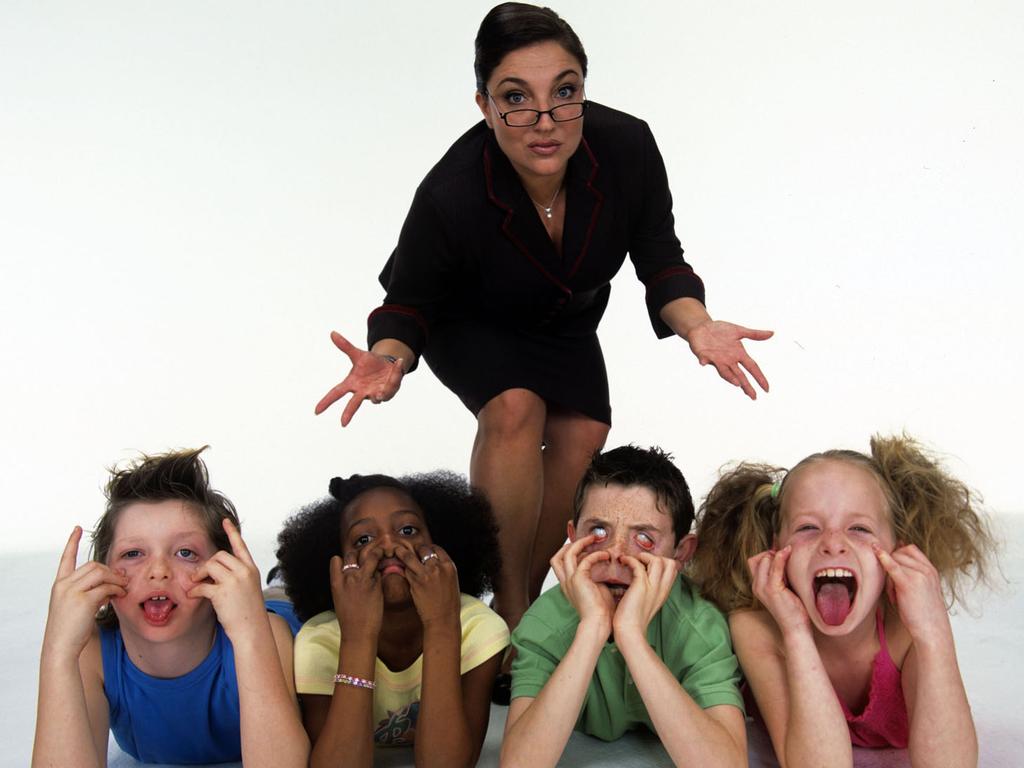
Ms McLeod said while there was a place for technology, human interaction and regular dialogue was a great way to foster children’s language development.
“It is recommended that parents consider how often their child is engaging in screen time and include themselves in screen time where possible,” she said.
Parents can do this by singing along to theme songs, repeating phrases or questions from a show, and using the content of a show as a conversation starter after the screen has been turned off.
“If a parent is worried that they are not understanding their child or that their child is not understanding others, they should reach out to their GP or book a session with a speech pathologist,” Ms McLeod said.
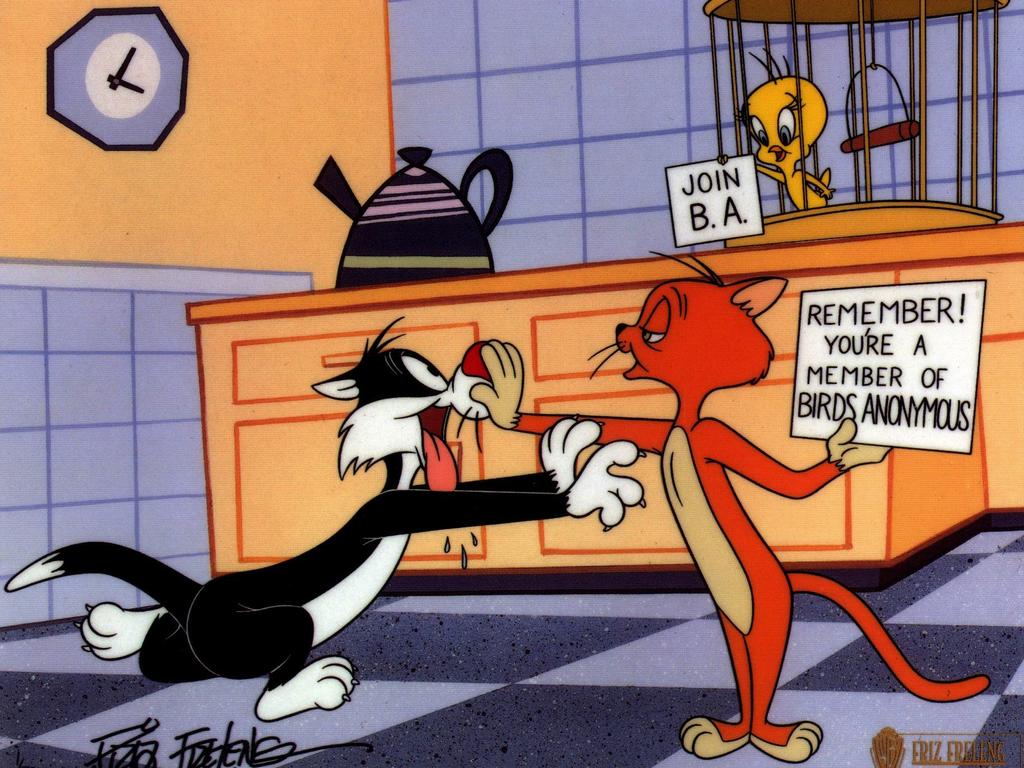
FAST FACTS*
More than 500,000 children in Australia have a speech or language disorder.
One in five children starts school with a speech or language disorder.
Stuttering and apraxia are examples of speech and language disorders.
Children with speech and language disorders are at increased risk of low academic performance.
TV CHARACTERS WITH SPEECH PROBLEMS
Porky Pig: stuttering
Sylvester the Cat: lisp affecting pronunciation
Tweety bird: articulation disorder
Daffy Duck: mispronunciation with a lisp
Teletubbies: babbling, gibberish and repetition
HELPING HAND
Practise making different sounds with children.
Use play therapy, including games and toys, and introduce new words and sounds.
Use work sheets and online games to support speech development at home.
Use real words and sounds to give kids exposure to everyday language.
Consult a speech pathologist if you suspect a speech problem.
*Source: Murdoch Children’s Research Institute
Please note: Images were added to this Junior Journo competition entry by Kids News editors and minor edits applied as per publishing requirements and editorial guidelines on the site.

